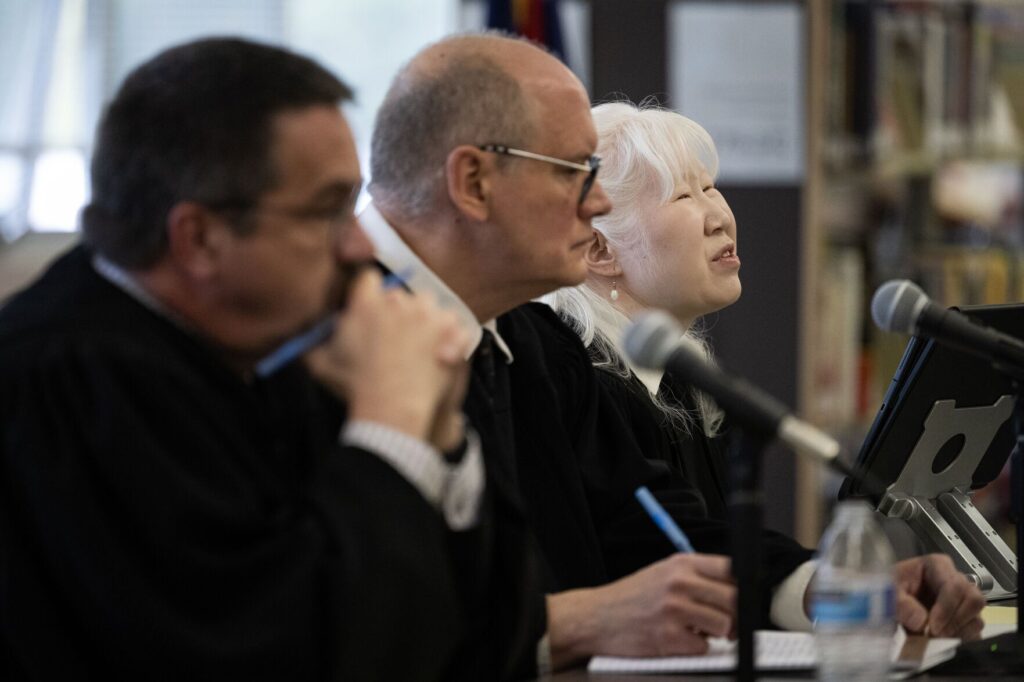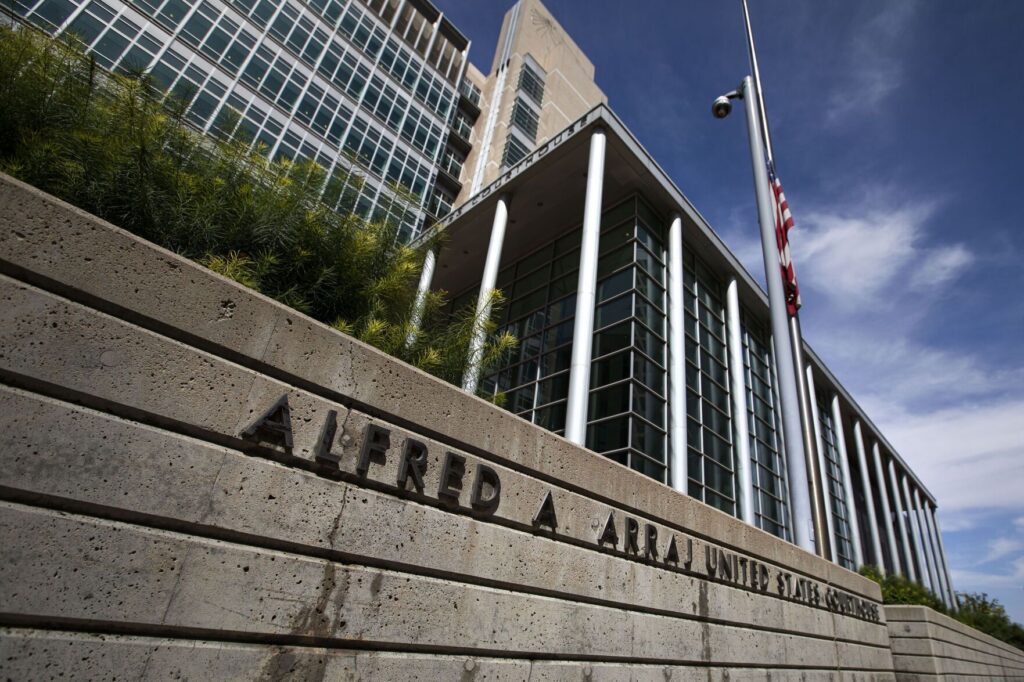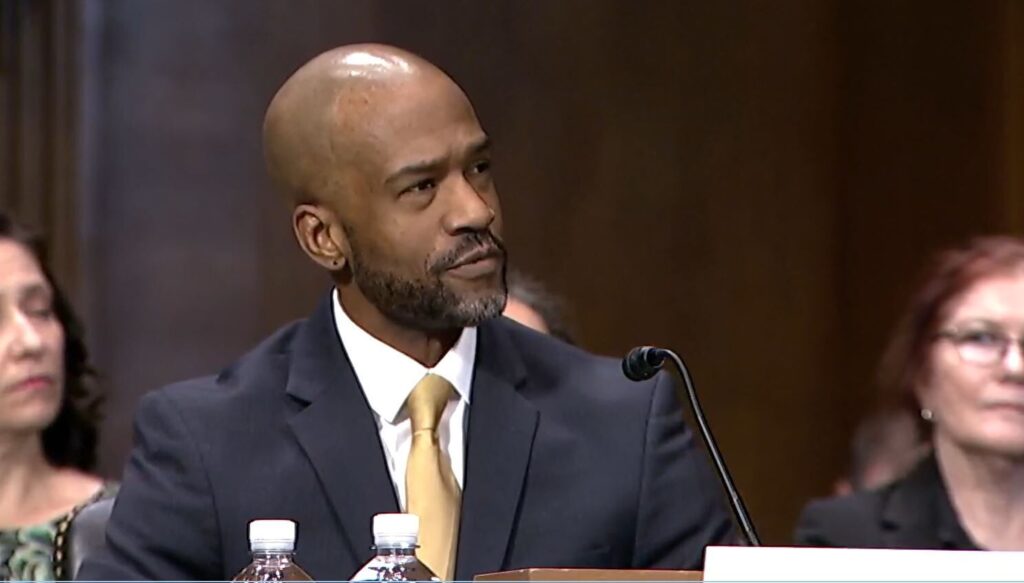Letters to the Editor

Dear Editor,
A year has passed since the scaffolding was removed from the Colorado State Capitol building, and the result has Denver residents still scratching their heads. The cast iron dome tower is a distinctly darker, bluer shade of gray than the granite used to construct the body of the building, and like a mismatched suit jacket and trousers, something seems off.
The Colorado Department of Personnel and Administration has issued a one-page document justifying their choice. They explain that historians with whom the department contracted developed the color by analyzing original paint samples.
While a fresh coat of paint on the structure in the near future is unlikely given the enormous expense of the restoration, the mismatch is a worth a conversation. In a Western capitol city with few original old buildings and landmarks, this blunder highlights the need for a new approach to historic preservation. Going forward, Denver should follow these guidelines for preservation projects:
Do preserve the aesthetic value of a historic structure to link us to our history. As unchecked and uninspired development in Denver communities renders many places in the city indistinguishable from one another, the importance of saving our remaining historic places is clear. Preservation helps the city to define a vibrant and meaningful identity.
Don’t undertake restoration projects to remove features deemed “inauthentic” by the experts at the expense of the community. History, and architecture, is constantly evolving, for better and for worse. Certainly, we wouldn’t do away with modern amenities like plumbing, use lead-based paints at possible risk to our health, or remove an unoriginal park space that brought great enjoyment to the community. Even aesthetic choices, like the mismatched dome color, have real consequences for community members. For advocates of historic preservation to remain relevant and persuasive in a city experiencing rapid growth, projects must be guided by the wishes of the community. At present, the city of Denver does little to solicit community members’ preferences. Efforts to engage citizens through community outreach and public forums may help reveal these desires.
Do promote historic preservation as an efficient and effective use of resources. Particularly for historic buildings in relatively good repair, preservation projects conserve materials, reduce waste, and save money. While some opponents of preservation complain that preserving historic buildings results in significant sacrifices in energy efficiency when compared with new builds, emergent research shows that more efficient buildings may not necessarily result in energy use reductions. With these facts in mind, historic buildings are a key piece of sustainable development in the city.
Don’t undertake projects at great cost when the benefit to the community is limited or questionable. At a total cost of $17 million in appropriated and donated funds, the paint job and dome regild expenses far exceeds the value obtained from the restoration. These mismatches, both in paint and price tag, leave the maxim “If it ain’t broke, don’t fix it” ringing in my ears. In a climate where justifying preservation projects is difficult, projects chosen should be good investments.
Preserving historic places matters to our city, but we must reshape the way we communicate and make decisions about projects so that added value to the community is the clear emphasis. The Colorado State Capitol is stuck with its bad dye job for now, but let’s keep the focus on preservation projects that make sense for our community and our pocket book. Abby SchallerUniversity of Coloradograduate student
Dear Editor, Many thanks to Mike Littwin for clarifying the anti-marriage equality arguments in his 5/1/15 guest column (“Arguments still seem to fall one way on Supreme Court gay marriage day”), which I admit have baffled me in the past. But now I feel guilty for failing my apparent duty to the state to reproduce after 30 years of marriage. I thought I was being fiscally prudent, paying taxes without burdening the school system with students, but now I fear the Procreation Police will storm my bedroom demanding proof that I’ve at least attempted to live up to my responsibilities.
I look forward to future columns where Mr. Littwin helps us understand the libertarian defense of “traditional” marriage (excluding, conveniently, polygamy and slavery), since I can’t imagine anything more intrusive than the government monitoring our fertility (although the current anti-contraception restrictions come fairly close). And since the Focus on the Family crowd touted AIDS as retribution against promiscuous lifestyles exclusive to homosexuals (having never visited Ft Lauderdale during spring break or wedding chapels in Las Vegas, apparently), I fail to understand their resistance to an outbreak of nutpials. Certainly fiscal conservatives should welcome the economic stimulus from more couples buying homes, cars, private tutoring, etc. that marriage’s tax benefits and commitment to long-term shared investments encourage.
I appreciate Mike’s interpreting Justice Scalia’s paleo psychology, since I don’t have the stomach to listen to his bile without “Every Sperm is Sacred” playing in the background. And kudos to The Statesman for publishing a reasoned analysis of an emotional debate.
Karen HartCentennial
Dear Editor,
By a vote of 56 to 43, the Senate has finally confirmed Loretta Lynch as the first African-American woman attorney general. As if that’s not impressive enough, as the U.S. attorney for the Easter District of New York, she has also been the nation’s most successful prosecutor of sex traffickers. Her office has 55 indictments in human trafficking cases and has rescued more than 110 victims, including at least 20 minors, in the past 10 years.
She has proved herself more interested in making a difference than making money. After working for a big Wall Street law firm, she announced she was taking a 75 percent pay cut to become an assistant U.S. Attorney in Brooklyn. President Clinton appointed her the U.S. attorney for the district, including Queens, Staten Island and Long Island. She was replaced under President Bush’s administration in 2001. In 2010, President Obama then brought her back for a second time.
Described as fiercely focused and unshakably honest, Lynch has been one of the country’s leading advocates for victims of sex trafficking. Under Lynch, the eastern district is currently prosecuting at least five cases relating to sex trafficking, which is more active prosecutions than any other U.S. attorney’s office in the country. Anne Milgram, a former prosecutor on human trafficking cases in the eastern district, said this is because Lynch made these types of cases a “personal priority”.
Lynch arranged the extradition and arraignment of four suspects from Mexico in two separate sex trafficking cases, in December 2012. In 2013, she sent a New York bar owner and two co-defendants to prison for dozens of years each for running a sex-trafficking ring between Mexico and two bars on Long Island. In 2014, three brothers convicted of sex trafficking were sentenced to double-digit prison terms for luring minors as young as 14 to be transported illegally into the United States and forced to work as prostitutes in New York City and other cities. She has also worked tirelessly to help “victim-mothers” regain custody of children who had been held hostage in Mexico as a way to keep them working as prostitutes in New York. At least 14 children have been reunited with their mothers.
With achievements like these, we should all be celebrating Loretta Lynch’s confirmation.
Christina LauderdaleBlossom Care Network













